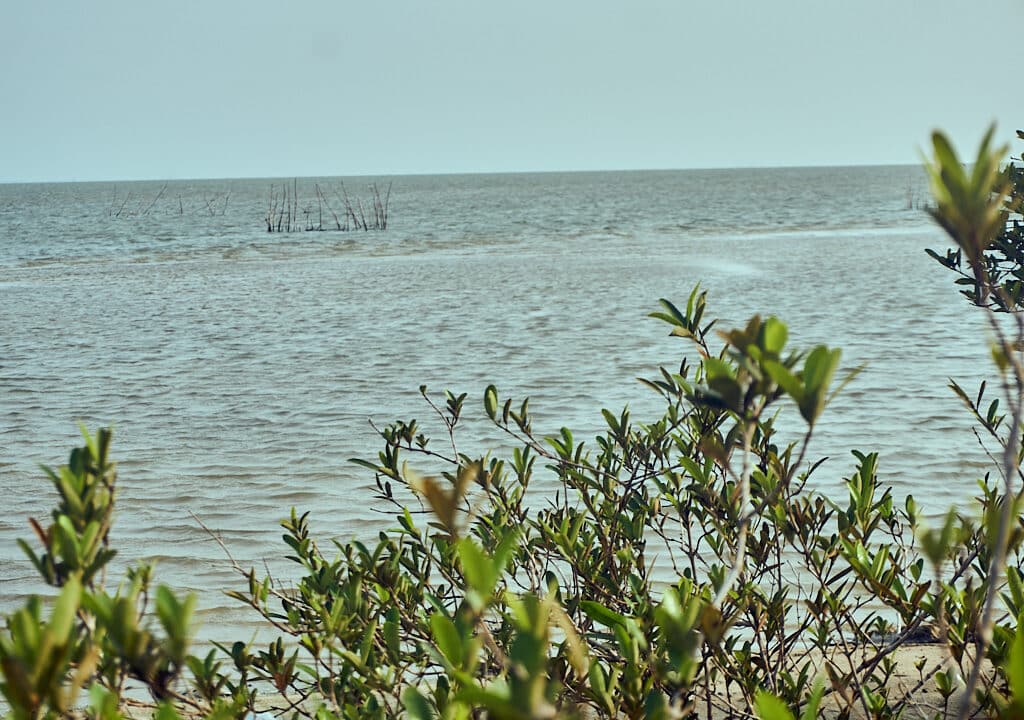Support Programme for biodiversity Civil Society Organisations (CSOs) active in developing countries (ProBioDev)

Project Overview
The ProBioDev project is located at the Keta Lagoon Complex Ramsar Site and it is dedicated to preserving bird species and their natural habitats.
This initiative is designed to highlight the vital role wetlands play in supporting biodiversity and providing ecosystem services.
Our efforts also focus on the restoration and sustainable management of mangrove forests and enhancing local capacity for climate-resilient farming.
Key Components:
Bird Conservation: Migratory birds are integral to our project. We aim to update habitat maps and bird species lists. Additionally, we will establish local expertise in bird identification and monitoring, fostering a deeper connection and understanding of these avian wonders.
Education and Training: We will educate the community on the importance of wetlands and provide training, especially targeting women and youth, in mangrove restoration and sustainable harvesting techniques. This empowerment is essential for long-term ecological balance.
Ecotourism Development: By developing ecotourism opportunities, we aim to provide sustainable benefits to local communities, creating avenues for economic growth while promoting environmental stewardship.
Mangrove Restoration: Our project will focus on restoring degraded mangrove forests, ensuring these vital ecosystems continue to thrive and support diverse wildlife.
Climate Resilience and Food Security: We will train subsistence farmers in climate adaptation techniques, enhancing their resilience while also supporting biodiversity and ecosystems. This training is crucial for strengthening food security in the region.
Overall Objective:
The biodiversity, ecosystems, and natural resources of the Keta Lagoon landscape are being conserved and sustainably managed for nature, people, and climate resilience.
Specific Goals:
- Local and international stakeholders, including BirdLife, Ramsar, the Wildlife Division, District Assemblies, CSOs, and communities, have access to updated knowledge about bird species, their habitats, and conservation status at Keta Lagoon to inform conservation actions.
- The Wildlife Division, District Assemblies, CSOs, and bird experts are using new tools to monitor, protect, and manage the site’s habitats and bird species.
- Local community members are utilizing their new knowledge and equipment to contribute to wildlife protection, sustainable resource use, and ecotourism development at the Keta Lagoon site.
- Local community members in the Keta Lagoon landscape are sustainably managing mangroves and farmlands for biodiversity, food security, livelihoods, and nature-based solutions to climate change.
Expected results are;
- An updated map of the habitats of Keta Lagoon has been created.
- An updated list of bird species and their numbers at Keta Lagoon, focusing on species of conservation concern, has been compiled.
- A new bird monitoring protocol has been established.
- A restoration and conservation strategy for birds and communities at Keta Lagoon has been developed.
- 2,500 community members have gained new knowledge about the importance of Keta Lagoon for both people and nature.
- Five community-managed birdwatching platforms and identification information boards have been established at designated sites.
- 10 hectares of mangrove forests have been restored with 25,000 mangrove seedlings.
- Fifty farmers have been trained in organic farming and climate adaptation/mitigation techniques.
- Farmers have planted 1,000 fruit, nut, and fuelwood tree seedlings on their farms.
Project Duration: 2 YEARS.
Funded by: Comité français de l’UICN
Implementing Partners: A Rocha Ghana, A Rocha France